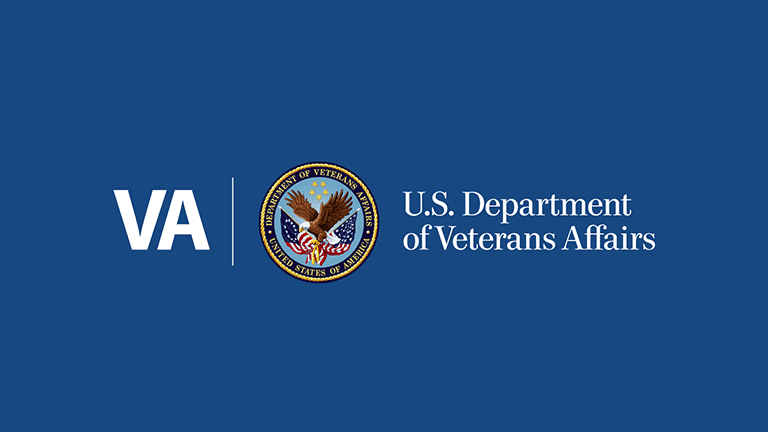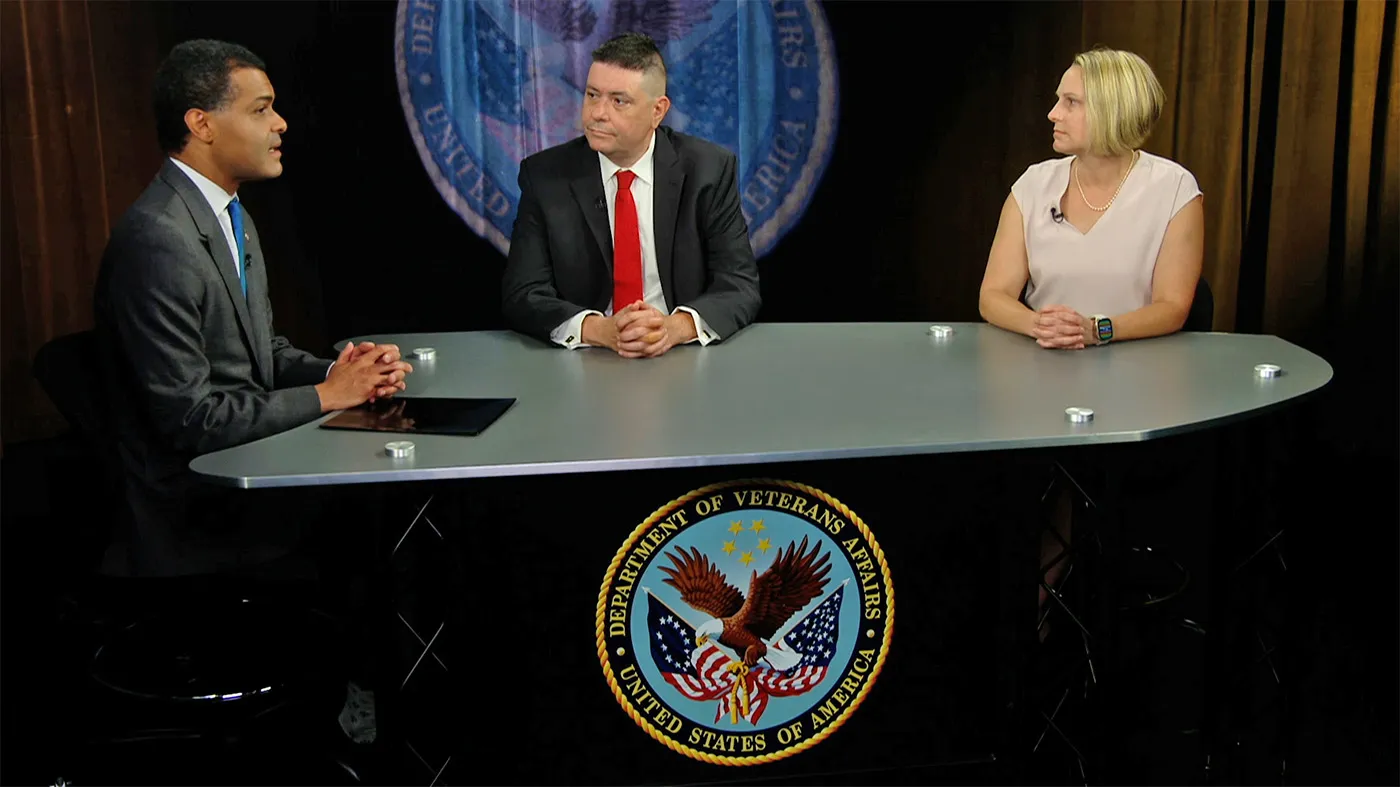A new study finds that the national economic burden of PTSD goes beyond direct health care expenses and exceeds the costs of other common mental health conditions, such as anxiety and depression.
The researchers estimated the cost of PTSD at $232.2 billion for 2018, the latest year for which data were available at the time of the study. They called for increased awareness of PTSD, more effective therapies, and the expansion of evidence-based strategies to “reduce the large clinical and economic burden” of that mental health condition.
The results appeared online in the “Journal of Clinical Psychiatry” on April 25, 2022.
“The $232 billion annual economic burden of PTSD in the U.S. demonstrated in this study is staggering and fuels the urgency for public and private stakeholders to work together to discover new and better treatments, reduce stigma, improve access to existing treatments, and expand evidence-based recovery and rehabilitation programs,” the researchers write.
Dr. Lori Davis, the associate chief of staff for research at the Tuscaloosa VA Medical Center in Alabama, led the study. She and her team used insurance claims data, academic literature, and government publications to estimate the costs of PTSD in both the U.S. civilian and military populations. The latter cohort included active-duty military and Veterans.
Civilians account for over 80% of PTSD costs
Understanding the complex nature of posttraumatic stress disorder, commonly known as PTSD, is one of VA’s most pressing challenges. The agency says many Veterans who fought in Vietnam, the Gulf War, and the post-9/11 conflicts in Iraq and Afghanistan have had that mental health condition sometime in their lives.
PTSD symptoms are well documented: re-experiencing of trauma through flashbacks and nightmares; avoidance of reminders of a traumatic event; changes in thoughts and feelings, such as guilt and emotional numbing; insomnia; and hyperarousal.
In the study, the investigators brought to light the extent to which PTSD not only impacts Veterans, but civilians, as well. The research team found that civilians accounted for 82% of the total PTSD costs, compared with 18% for the military population. That disparity is predicated on the fact that the number of civilians far exceeds that of active-duty military and Veterans. Although PTSD is more prevalent in the military, the number of civilians with PTSD still tops the number of Veterans with that condition.
More research needed on civilian PTSD
Davis and her colleagues noted that more studies on PTSD and its treatments are needed to address the rise in civilians with PTSD, calling that phenomenon a “rapidly accumulating societal burden.” Improved access to effective treatments is also needed, especially for people in economically vulnerable situations,” she noted.
“Much of the research and legislative response on PTSD has focused on combat-exposed populations due to the high prevalence of the condition among the military population,” the researchers write. “However, the military population composed a small proportion of the overall U.S. population with PTSD.
“With the increasing occurrence of national and societal traumatic events around the world, including COVID-19, civil unrest, and climate change, there is mounting concern of an increase in PTSD and burden in the civilian population. As such, the current cost estimate is likely an underestimation given these recent global traumas, the effects of which would not have been captured and are likely to result in increasing negative repercussions.”
More Information
Click here to read the full story.
Click here to learn more about VA research.
Topics in this story
More Stories
Diverse representation of women in health care research allows MVP to make discoveries for women’s health
Join the Million Veteran Program online. You will have the option to receive an at-home blood sample collection kit in the mail.
VHA's new podcast series, New Horizons in Health, features a candid discussion of psychedelic assisted therapies for Veterans experiencing mental health conditions.







Treat things like cancer, pain and ortho so that PTSD is manageable. Most veterans getting care from the VA no longer are able to get basic healthcare needs met. VA doctors are stopping most pharmaceuticals and are dropping veterans from care they find challenging. This leaves veterans hopeless especially when those same providers treat veterans as the enemy.
Through my 20 years of experience in working with Veterans –listening to them and giving clinical spiritual care to them, I have discovered a reality. The Veterans have told me. Moral injury is every bit as prevalent as PTSD, yet the funds allotted for this area is minuscule in comparison to money allotted for PTSD. If moral injuries were addressed by therapists or referred to chaplains regularly, I believe it would impact the suicide rate. Guilt, shame, unforgiveness, identity issues, all housed in spiritual dimension of a person cannot be ignored. Many Veterans know these moral injuries are there, yet they have never put a name to it because they didn’t know there was a name for it. PTSD is very real and serious; so is Moral Injury. I know for a fact that the suicide rate would diminish significantly if moral injuries were dealt with more intentionally.